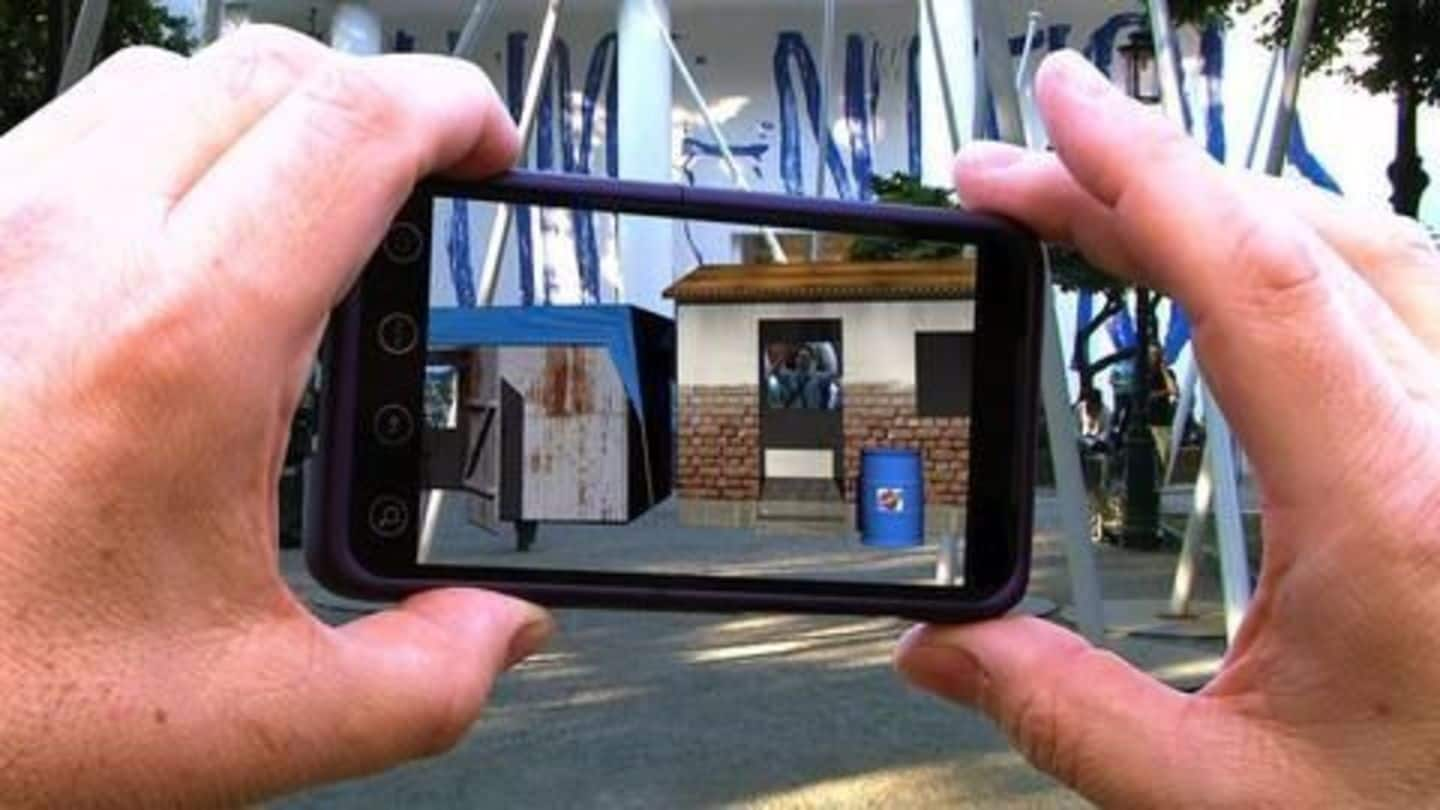
Virtual and Augmented reality, this is what future looks like
What's the story
According to a report, Virtual Reality and Augmented Reality industry is projected to have a market demand of over $117 billion by 2022. You might have come across some uses of VR/AR in recent times and this will give you an understanding of how these technologies function. If you haven't, this is a good time to start, as these technologies are here to stay.
VR
Let's start with the basic, which is VR
Virtual Reality or VR basically is what the name suggests - a digitally created environment to provide the experience of a surrounding that is not present in real-time; a make belief of sorts. VR creates a 3D world and lets people interact with it through a head-mounted display and the user feels as if he/she is present in the created world.
VR applications
Where can you see VR being used?
Movies and Gaming are the two major segments where VR is used extensively. Video-streaming platform, Netflix has launched a VR app that is compatible with Samsung Gear VR headset, which is capable of showing 720p HD resolution content. VR technology has been used in gaming since 1990s; Sony and Valve have recently announced VR support for dedicated games to encash the craze at hand.
VR usage
Some other major areas where VR is making a mark
Advanced healthcare is also experimenting with the process in order to get a better view of several kinds of scans with more intricate details. Several e-commerce platforms are also fiddling around with VR to give customers the option of visiting their stores virtually via VR headsets and choose products without having to leave the comfort of their houses.
AR
What is Augmented Reality?
Augmented Reality is similar to the idea of superimposing images, but in this case, in the existing world. AR adds elements to the real world much like a cut-out of an object but they are intuitive and allow users limited interaction. AR objects, though digitally created, look extremely real with nifty features such as elements becoming bigger or smaller depending on distance from users.
AR applications
This is what made Pokémon Go so addictive
In 2016, to promote a new range of nail-polish, Maybelline used AR to let customers try on the variants virtually. Similarly Coca-Cola had also made use of AR to turn 250ml cans into interactive Spotify jukeboxes. The most popular and most widespread use can, however, be found in the hugely popular game Pokémon Go and the new range of AR filters introduced by Snapchat.
MR
What is Mixed Reality?
Mixed reality is a radical concept that aims to make use of the best features of both virtual and augmented reality; however, this radical concept is still in its nascent stages. The idea is to let the user navigate through virtual and real world seamlessly at the same time, so in a makeshift VR reality, objects will be mimicking AR tendencies.
MR applications
Where can one see mixed reality being applied?
Microsoft has integrated the MR technology in their HoloLens, however the company calls it "holographic computing" in order to avoid the AR/VR debate. There are chances that Apple will integrate this technology in their upcoming big launch, the iPhone 8. MR is also being used increasingly in gaming, to provide that entire immersive real life experience.
Extended Reality
The newest concept in reality warping technology
The newest jargon in the list of reality related technologies is Extended Reality or XR. Extended reality basically is the combination of all the aforementioned realities, which means it includes creating a virtual world like VR, superimposing objects like AR, interacting with the real and virtual world at the same time like mixed reality.